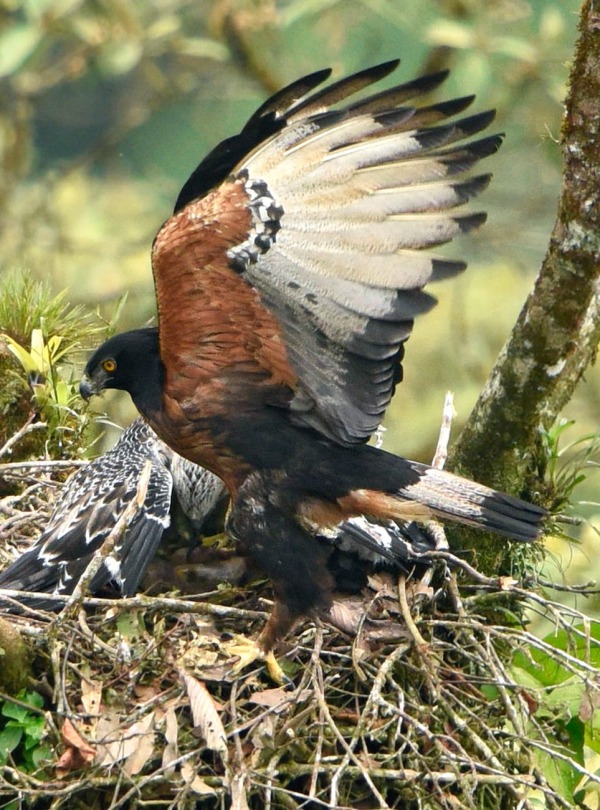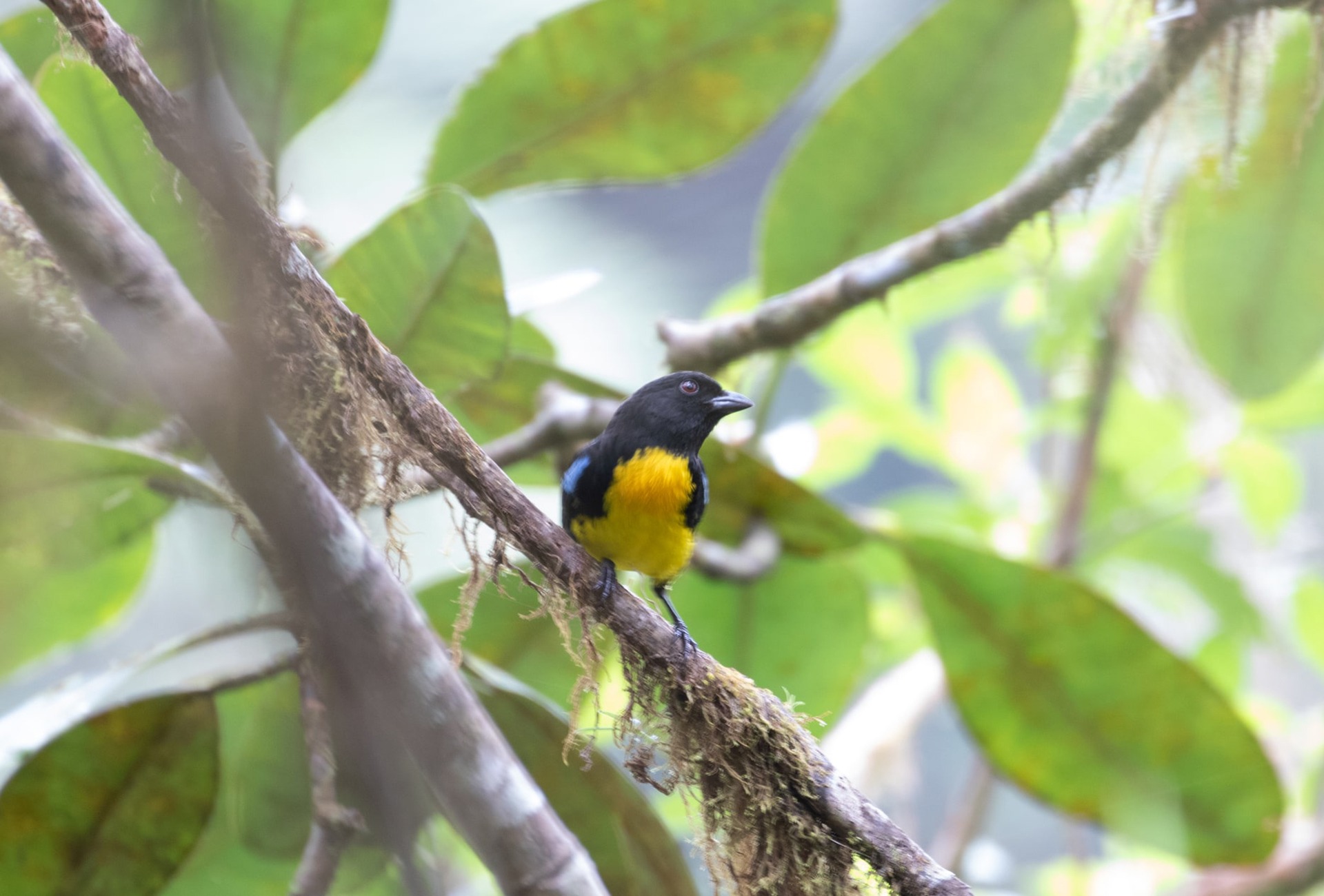
Safeguard the “grandfather of the rivers” watershed in Colombia
Support More Work Like ThisSupport More Work Like ThisTatamá is one of most biodiverse regions in Colombia and in the world.
-
Species at Risk
Glittering Starfrontlet (EN), three Magnolia species (EN), Spectacled Bear (VU)
-
Carbon stored
12,037,908*
*(metric tons of CO2 equivalents) -
Partner
Wildlife Conservation Society-Colombia
-
59,746 Proposed Acres Conserved by
Designation
-
Project Cost: $1,210,918
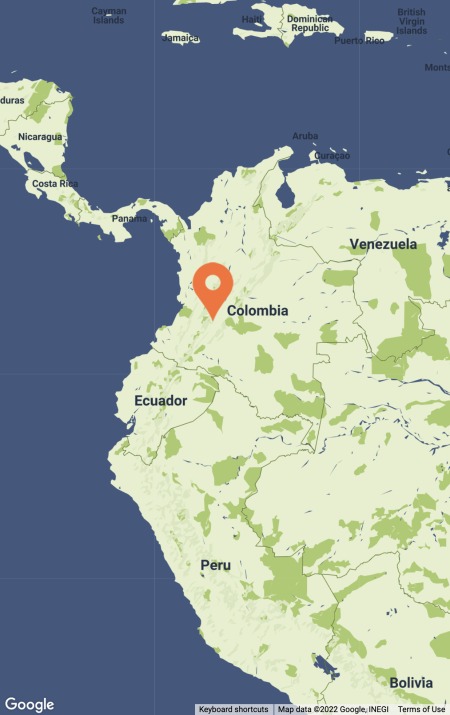
59,746
Tatamá is one of most biodiverse regions in Colombia and in the world.
-
Species at Risk
Glittering Starfrontlet (EN), three Magnolia species (EN), Spectacled Bear (VU)
-
Carbon stored
12,037,908*
*(metric tons of CO2 equivalents) -
Partner
Wildlife Conservation Society-Colombia
-
59,746 Proposed Acres Conserved by
Designation
-
Project Cost: £877,477

59,746
Project Update
In September 2022, our partner, Wildlife Conservation Society-Colombia (WCS-Colombia), captured several species with a camera trap mounted in the project site in the expansion of Tatamá National Park. Species include: Northern Tamandua, Collared Peccary, Forest Fox, Nine-banded Armadillo, Gold-ringed Tanager, Common Opossum, South American Coati, Oncilla, Chestnut-wood Quail, Taira, Highland Tinamou, Jaguarundi and Cougar.
Colombia’s Tatamá National Park encompasses a rich tapestry of landscapes from páramo grasslands to lowland rainforests that are home to many endangered species found no place else on Earth, the Glittering Starfrontlet (EN) and three Endangered Magnolia species.
Meaning “grandfather of the rivers” in the Emberá-Chamí tradition, Tatamá is of great cultural and spiritual value to local traditional communities. Its rainforests supply water to Afro-Colombian, Indigenous and farming communities that live near the park.
But this extraordinary terrain is threatened by the expansion of agriculture and cattle ranching, logging, road construction, unregulated housing encroachment and gold mining that occurs along the slopes of the San Juan and Cauca rivers and elsewhere in the region.
Rainforest Trust and our partner, Wildlife Conservation Society-Colombia (WCS-Colombia) seek to expand the Tatamá National Natural Park by 59,746 acres to address encroaching threats and increase connectivity for vulnerable species in the Colombian Andes. (Header photo: Black-and-gold Tanager, by Cullen Hanks)
Did you know?
of the proposed protected areas are covered by lush primary forests.
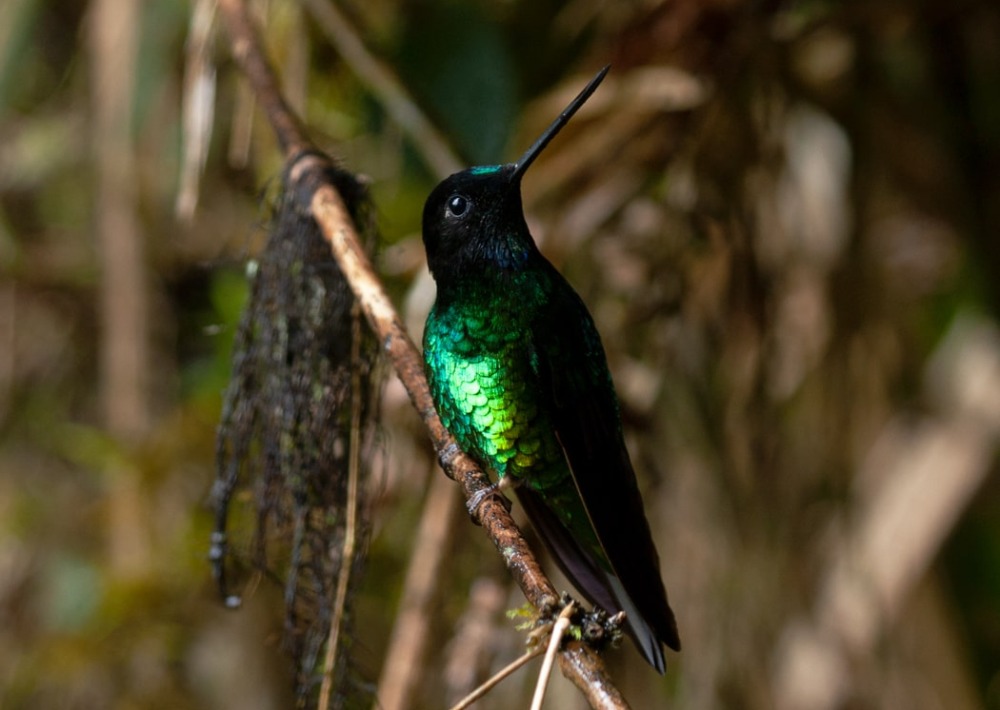
The Endangered Glittering Starfrontlet, by ProAves
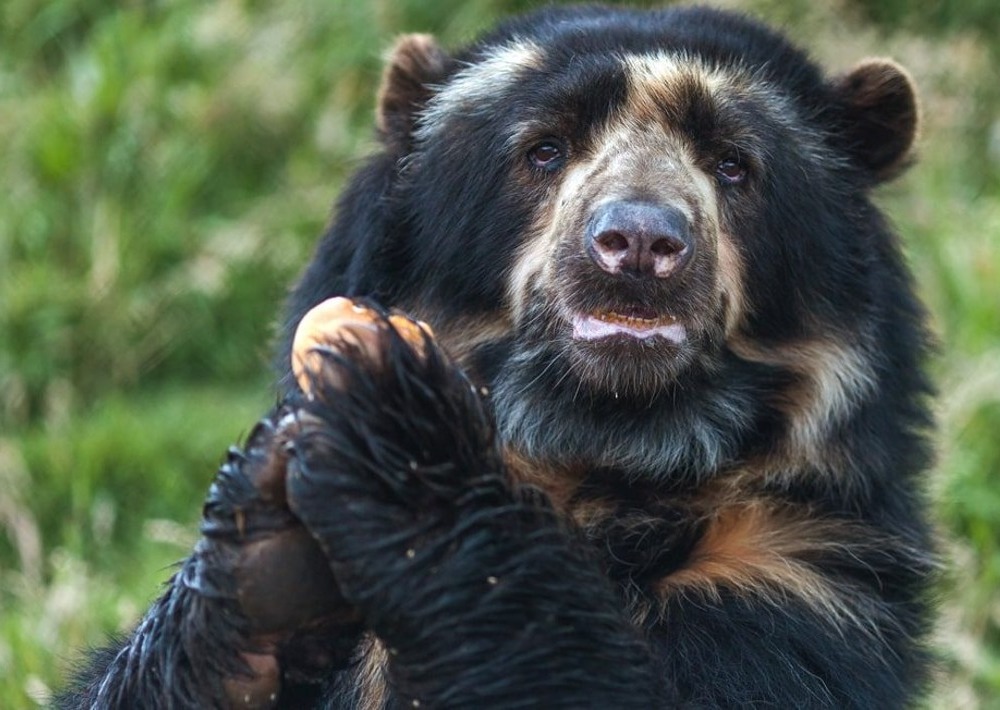
The Vulnerable Spectacled Bear, by Milton Rodriquez
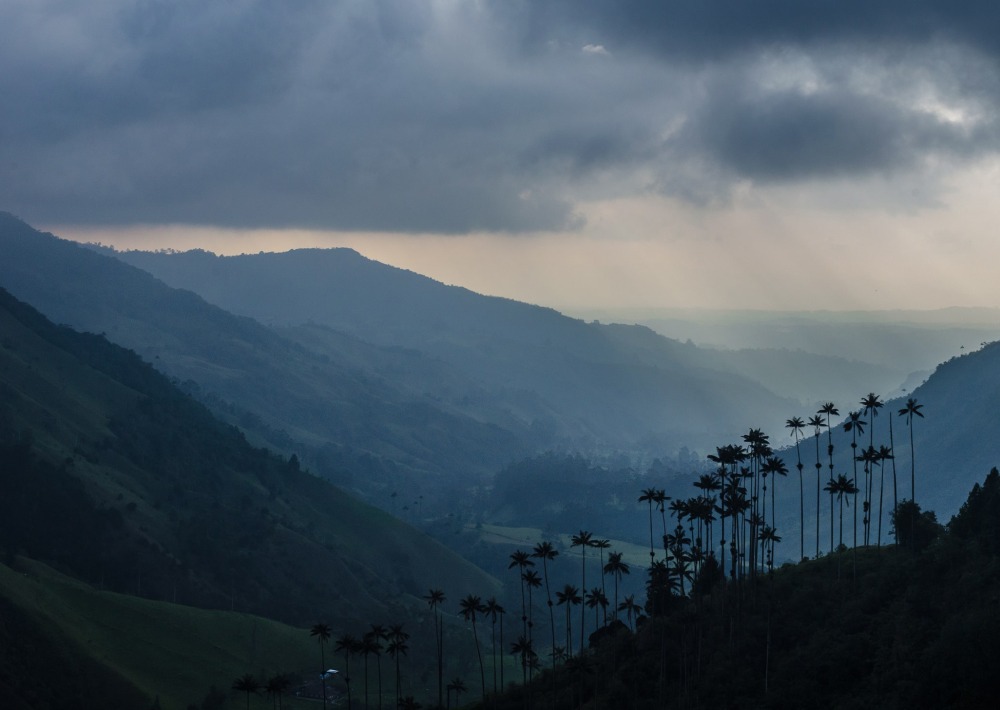
Central Cordillera of the Andean mountains, in Colombia, by Exequiel Schvartz
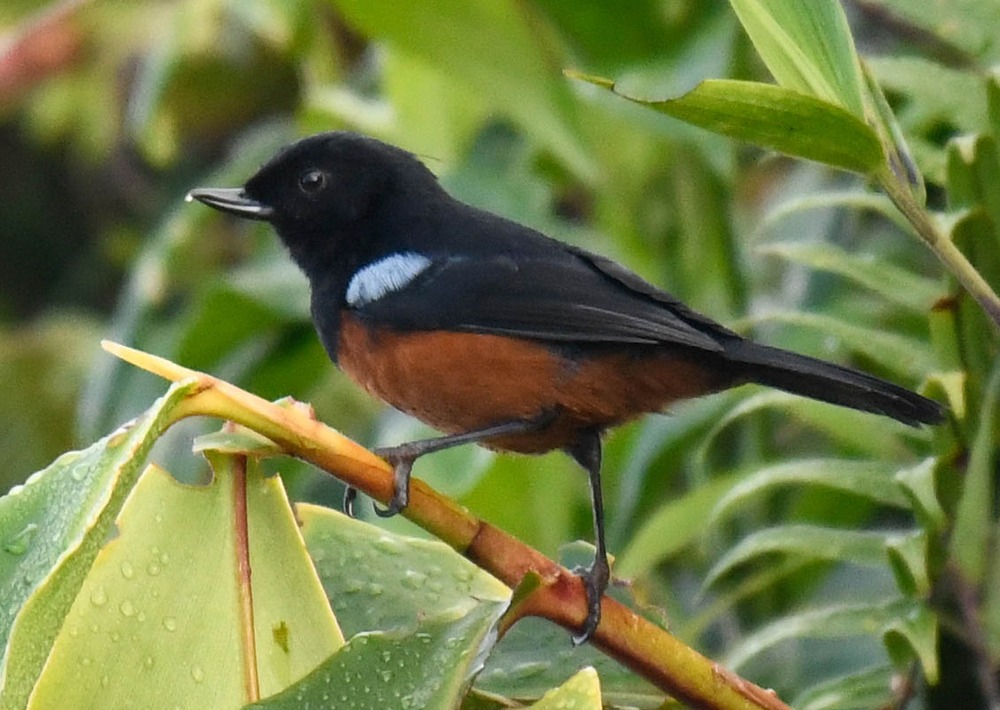
Chestnut-bellied Flowerpiercer, by Frank Smith
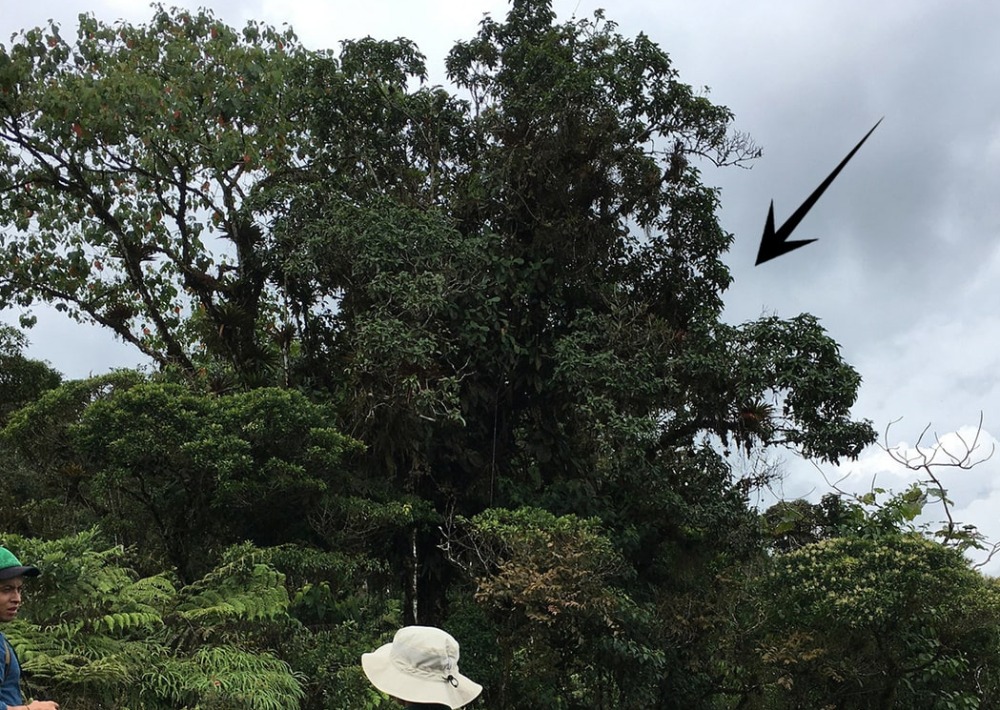
The Endangered Magnolia Polyhypsophylla
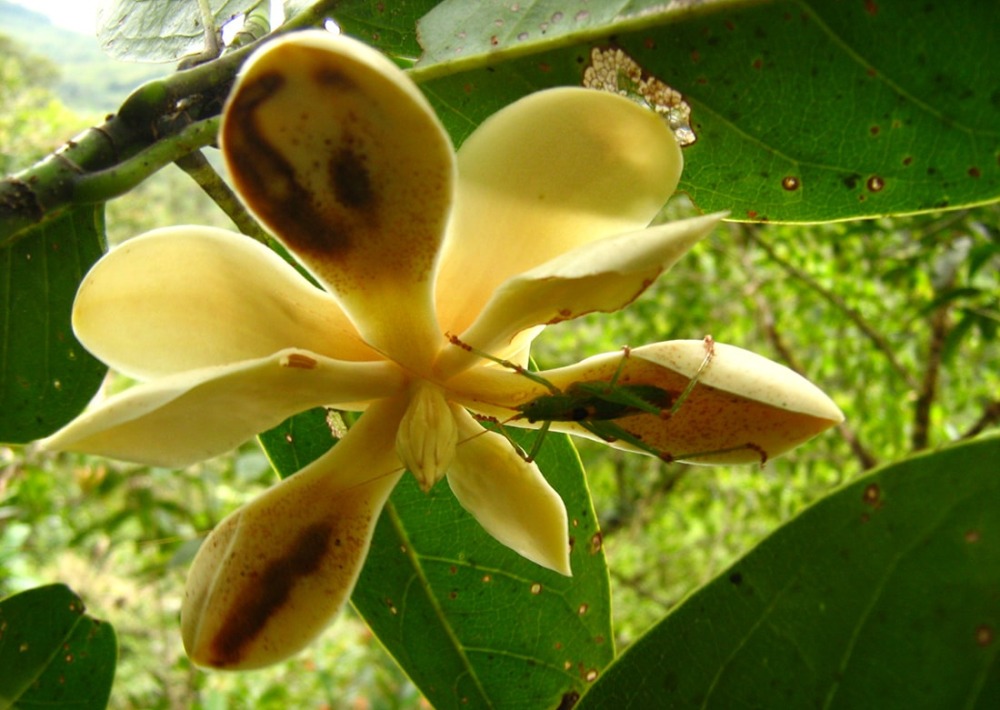
The flower of the Magnolia polyhypsophylla, one of hundreds of Magnolia species in Colombia.
Protect an extraordinary number of endemic species
Tatamá is an Important Bird Area with 536 documented bird species, including 14 endemic to Colombia and four only found in the western Cordillera of the Colombian Andes. This rich landscape shelters the Endangered Glittering Starfrontlet, whose population is estimated at around 2,500 individuals and declining due to habitat loss and climate change.
Of 81 documented amphibian species present on the proposed expansion, 44 are endemic to Colombia, six are only found in Tatamá, and a number of them are Critically Endangered. The region is also home to 110 species of mammals, 108 species of reptiles, a vital array of plant life, including 564 species of orchids, and 700 species of butterflies.
Advance solutions together with local communities
There are four local ethnic territories (two Afro-community councils and two Indigenous territories) in the vicinity of the park. Residents will be consulted about the expansion project and engaged throughout to assist with planning, biological surveys and management. Developing sustainable livelihood options for residents is a top priority.
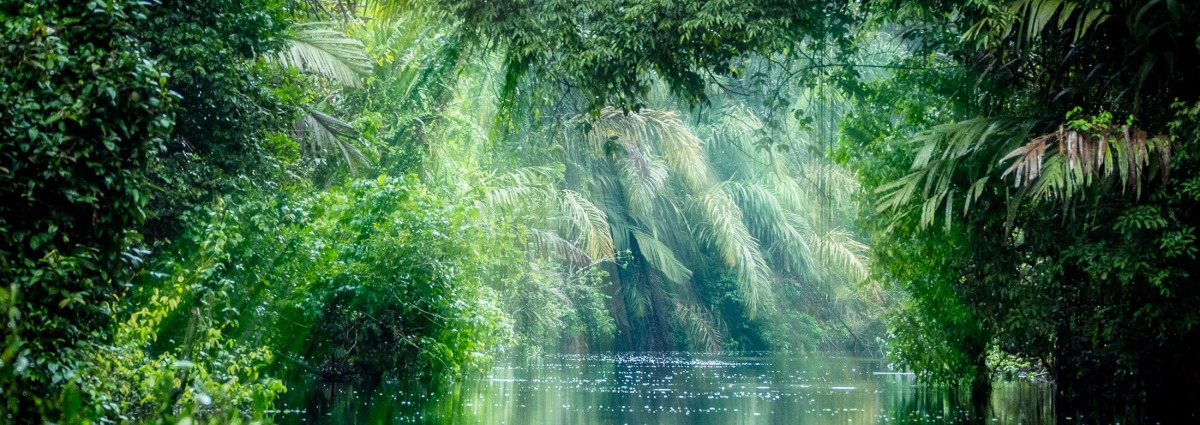

We Value Transparency.
Conservation work is critical, challenging, and can be costly. We work hard to ensure we raise only the funds needed for each project. In the rare case we raise more money than needed or a project comes in under budget, excess monies will be transferred to the Conservation Action Fund. This fund supports our important conservation work throughout the tropics.
Learn more about the Conservation Action FundLearn more about the Conservation Action Fund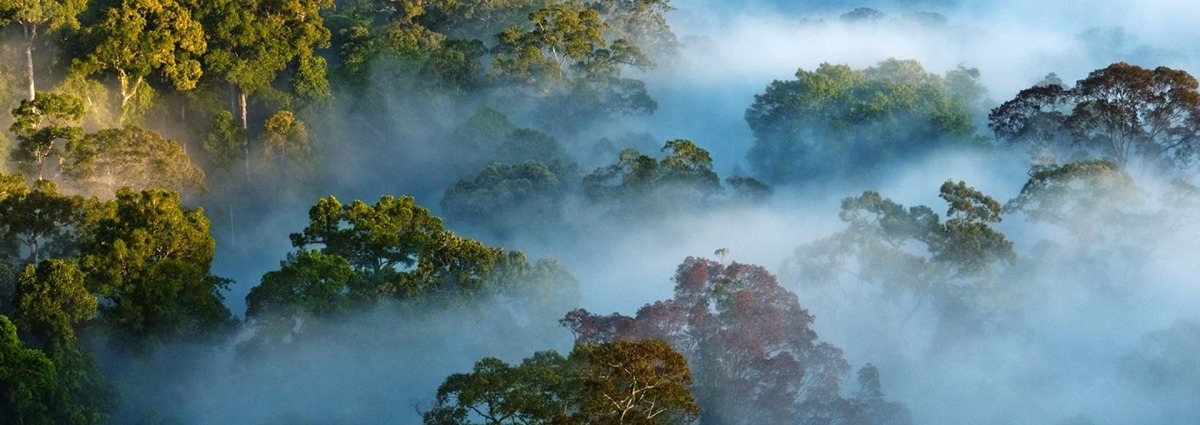

Partnering to Save Rainforest
Our partners’ ability to work with their governments and build strong connections with local communities ensures the successful implementation of our projects.
Wildlife Conservation SocietyWildlife Conservation Society
